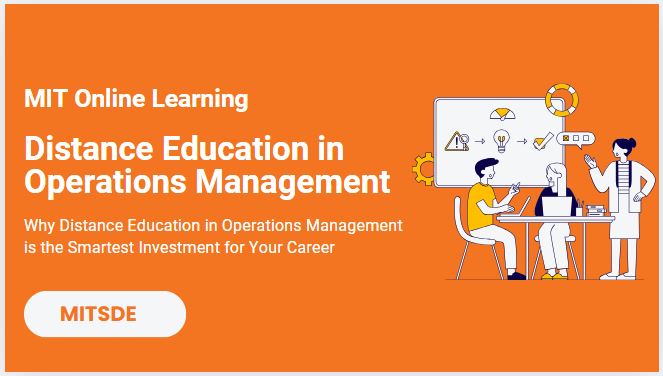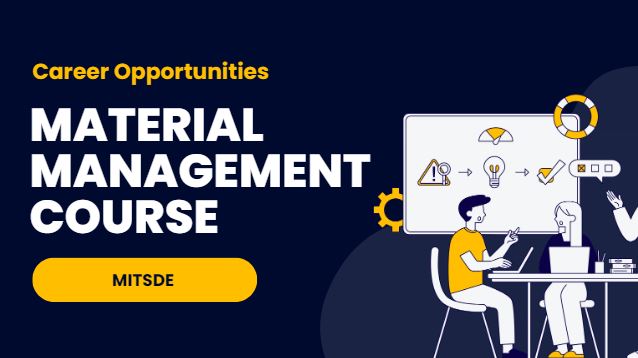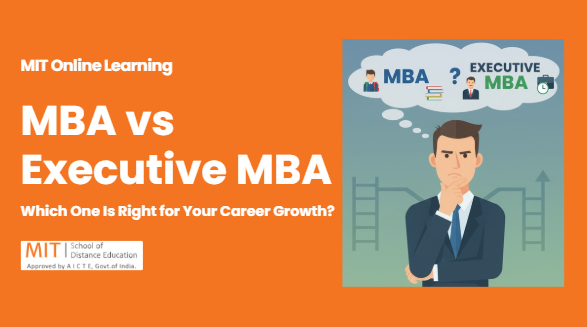
The world of work is changing faster than ever. Technology is evolving at light speed, industries are reshaping, and the skills needed to succeed are constantly shifting. This leaves businesses facing a critical challenge: the dreaded skills gap.
According to McKinsey Global Institute, up to 800 million jobs could be displaced by automation by 2030. In addition, 375 million new jobs will be created in fields requiring different skillsets.
A skills gap is the discrepancy between the skills your workforce has, and the skills needed to achieve your business goals. It can lead to decreased productivity, missed opportunities, and even higher turnover. This highlights the urgent need for human resource management to bridge this gap and ensure that the workforce is equipped for the future.
But fear not! A proactive approach to skills gap analysis can help bridge this gap and propel your business forward.
How do you identify and address skill gaps within your organization? Here are 6 key strategies to guide your journey:
1. Dive Deep into Your Strategic Goals:
Before you dive into any analysis, it’s crucial to understand where you’re headed. Align your skills gap analysis with your business’s strategic goals and objectives. Are you targeting a new market? Launching a new product line? Investing in automation? Identifying your future workforce needs is the first step to closing the skills gap.
2. Take Stock of Your Workforce Skills:
Now, it’s time to assess the skills in your current arsenal. Utilize performance reviews, surveys, and skill assessments to map out the strengths and weaknesses of your employees. Consider including both technical and soft skills, from coding proficiency to communication and collaboration.
3. Get Smart about Current and Future Trends:
Don’t get caught off guard by industry shifts. Research emerging trends in your field and beyond. What skills are in high demand across similar organizations? How is technology impacting existing roles? This forward-thinking approach will help you anticipate future skill needs and prepare your workforce accordingly.
4. Embrace Data and Analytics:
Numbers don’t lie. Harness the power of data analysis to gain deeper insights into your skills gap. Utilize talent management software, employee performance data, and even industry reports to paint a detailed picture of your workforce’s skill landscape. Remember, data-driven decisions lead to more effective solutions.
5. Develop a Robust Action Plan:
Once you’ve identified the gaps, it’s time to take action! Create a comprehensive plan to address the skill deficiencies. This might involve targeted training programs, skill development workshops, mentorship initiatives, or even strategic recruitment efforts. Remember, closing the skills gap is an ongoing process, so continuous monitoring and evaluation are crucial.
6. Measure and track progress:
Regularly monitor and evaluate the effectiveness of your skill gap analysis initiatives. Track employee engagement in training programs, assess performance improvements and measure the impact on key business metrics. This continuous monitoring helps you adjust your approach and ensure your skill development efforts are aligned with your evolving needs.
The ability to identify and address skill gaps is becoming a core competency for successful organizations in the 21st century. This is where a post graduate diploma in HR management comes in. These programs equip you with the analytical skills and strategic knowledge needed to conduct effective skill gap analysis and develop comprehensive talent management strategies.
MITSDE’s offers one of the top PG Diploma Human Resource Management. Designed by experienced HR professionals and educational experts, the curriculum focuses on the latest trends in HR, including data-driven demand forecasting, career planning, and HR information systems. This program equips you with the skills to:
- Identify skill gaps
- Formulate and implement effective strategies to bridge them
- Ensure your organization’s future workforce readiness
By proactively addressing skill gaps, businesses can empower their employees, adapt to change, and stay ahead of the curve in this dynamic world of work. Investing in your workforce through skill development is not just an expense; it’s an investment in your future success.
So, grab your toolbox and start bridging that gap with the best PG diploma Human Resource Management!



